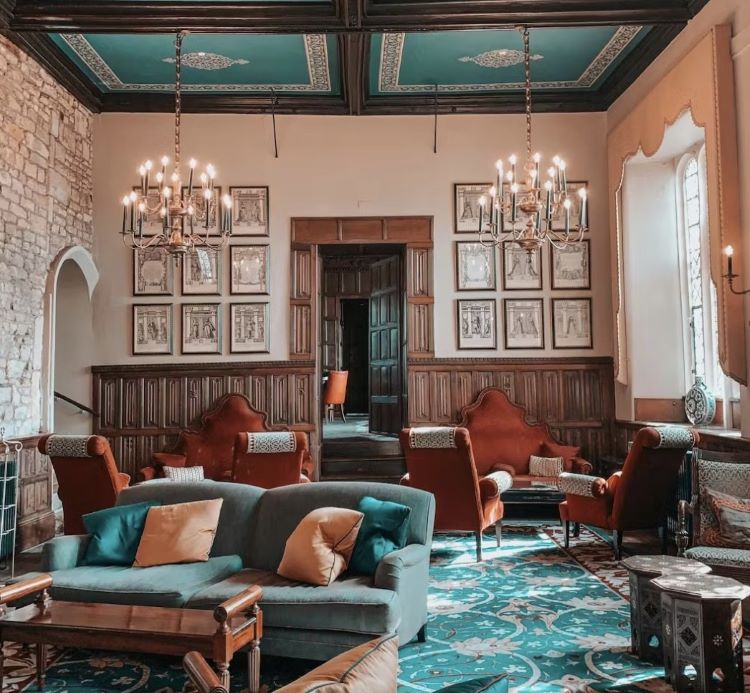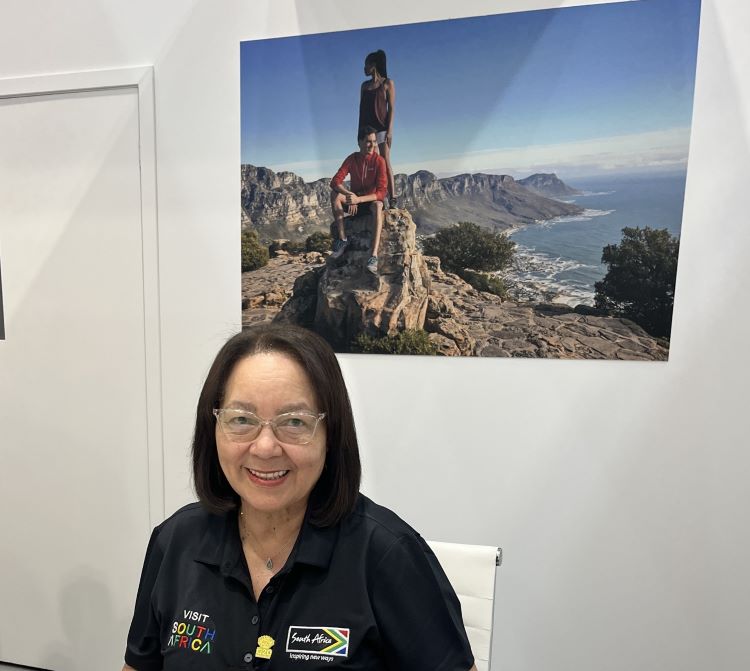Setting a positive note at the Tourism and Culture Ministers’ meeting of the Southern states, Rupinder Brar, ADG, Ministry of Tourism, Govt of India, shared that the region has a lot of potential and there is a need for the states to work in tandem with the central ministry to bring it forward on a global scale while ensuring that regional initiatives and festivals get right publicity.
Nisha Verma
Rupinder Brar shared that COVID is behind us and the 100-crore vaccination objective has been attained. Her presentation, she said, was focused on what tourism is doing for the economy and what kind of potential it has for India. Tourism is not just about picking memories, but it also creates employment. It adds to the value of the GDP.
Engine for growth and employment
She revealed that according to the data on the number of jobs created, both direct and indirect, “From 67.2 million people employed in tourism in 2013–14, there were almost 80 million jobs generated by tourism in 2019–20, just before COVID broke out, which recorded a healthy growth factor of 2.93 cumulative average. The GDP contribution of tourism in 2019-20 was 5.16 percent. In 2017-18, there was a blip owing to a change in methodology that was adopted in taking statistics for the organised labour force. The total contribution in 2019-20 towards employment in tourism came up to 15.34 percent, which involves 6.69 percent of direct jobs and 8.65 percent of indirect jobs. “When we talk about indirect jobs in tourism, we mean so many supply chain components that are in some way directly involved with the promotion and development of tourism,” she explained. While the COVID period was difficult for the entire world, she stated that in 2019-20, 5.16 percent was the GDP , and if we continue to grow at that fixed rate of 5 percent, the potential is enormous. “Tourism will employ 190 million people in 2049-50, and for a country like India, the potential is enormous. Furthermore, with the service sector accounting for 60 percent of the Indian economy, it is predicted that GDP contributions in 2029-30 will total 304.5
billion dollars.”
She advised, we need to focus on growth, jobs, and tourism with a lot more intensity. She also remarked, “The importance of community participation, particularly in rural areas, cannot be overstated. Because we recognise that we are a country with a long history and culture, we must also pay attention to the cultural components.”
“If Thailand could come up to a 20% GDP contribution, one can just calculate the kind of GDP that India could manage,” Brar shared.
Southern Region
Brar said that there was a need to figure out how to increase international tourist arrivals in different South Indian states and ensure that these states attract tourists and contribute to the local economy without harming the local culture while building sustainable models. “There are 14 commercial airports operating on 2892km of coastline, nearly 3,000km of interior waterways, over 2000 GW of solar energy potential, and 1400+ GW of wind energy potential in this region. All we have to do now is tap into it ” she stated.
South India has a variety of resources. “The PM had last year flagged the lighthouses as iimportant part of our heritage. We need to work on that. The region has rich flaura and fauna, 19 national parks, Lakshadweep, UNESCO word heritage sites, Ramappa Temple, Hampi, Meenakshi temple, and many other attractions. There is so much available and what we have in India, no one in the world has,” she added.
MOT initiatives
The Swadesh Darshan scheme, which is the MOT’s flagship scheme, has sanctioned 15 projects in the southern region across four states and union territories. We have already approved a budget of ` 1000 crore, or roughly 20 percent of our total budget. She mentioned that this region has a variety of circuits, including spiritual, rural, coastal, and heritage. “There are projects in all of the southern states under the PRASHAD scheme, with nearly Rs 177 crores already spent. Many have been completed, while others are still in the works,” she said.
“We encourage all the states to keep the dialogue open with the MOT. We are already supporting a few festivals like the Hampi Utsav, International Kite Festival, Bathukamma Festival, etc. Another key part is human resource development. There are state IHMs, central IHMs, food-craft institutes, where we really need to be globally competitive,” advised Brar.
Way forward
Brar believes that the adversity of COVID has shown us the capacity that digital transformation can bring to the tourism sector. “When we have our interactions with stakeholders, we look at how can we digitally transform the experience from the travellers’ perspective, manage travellers, promotions and mappings, in a far more contemporary manner. MOT has been doing a lot of work, with Rakesh Verma, Joint Secretary, MOT, himself steering the NIDHI and SAATHI schemes. A lot a synergy is needed between states and MOT, so that they can showcase together the digital content at a global level,” she claimed.
Festival calendar
Brar suggested that the southern region of the country is known for its brilliant festivals and that the states and the MOT can work together to develop a festival calendar and promote them well in time so that people can time their travel and holidays, not only from India, but from overseas as well. She reiterated, “The role of unorganised service providers cannot be undermined in the sector, which truly goes right into the smallest part of our country. We need to make efforts to bring them into the fold and also make sure that they do not go untrained or remain without capacity building, which will in turn empower them to employ themselves and get better returns on the labour time. ”
 TravTalk India Online Magazine
TravTalk India Online Magazine





